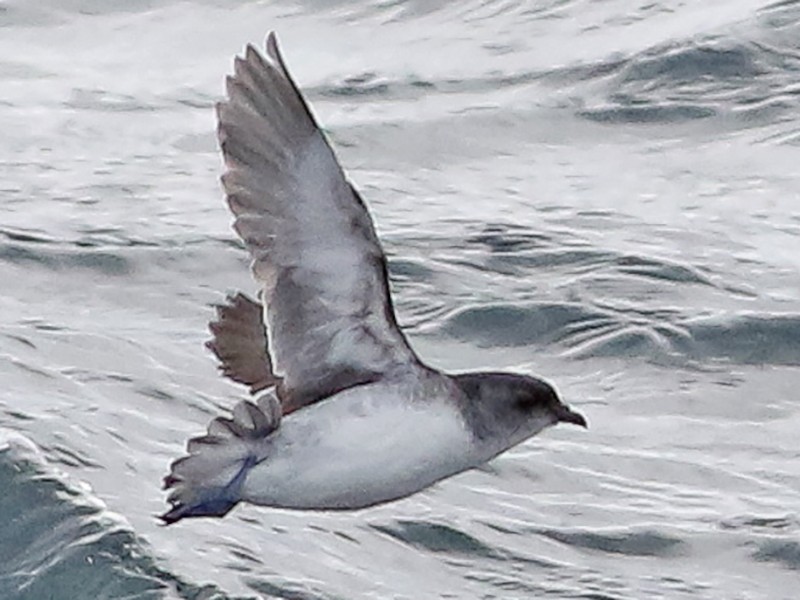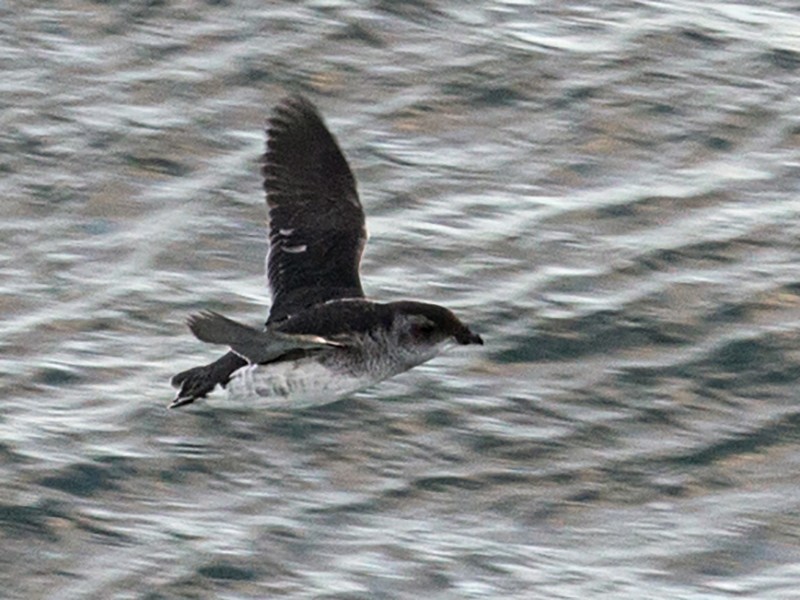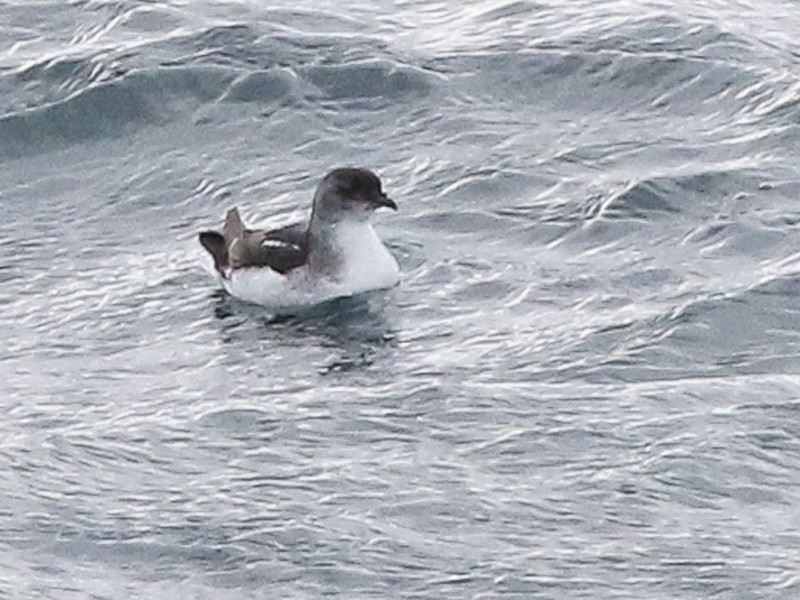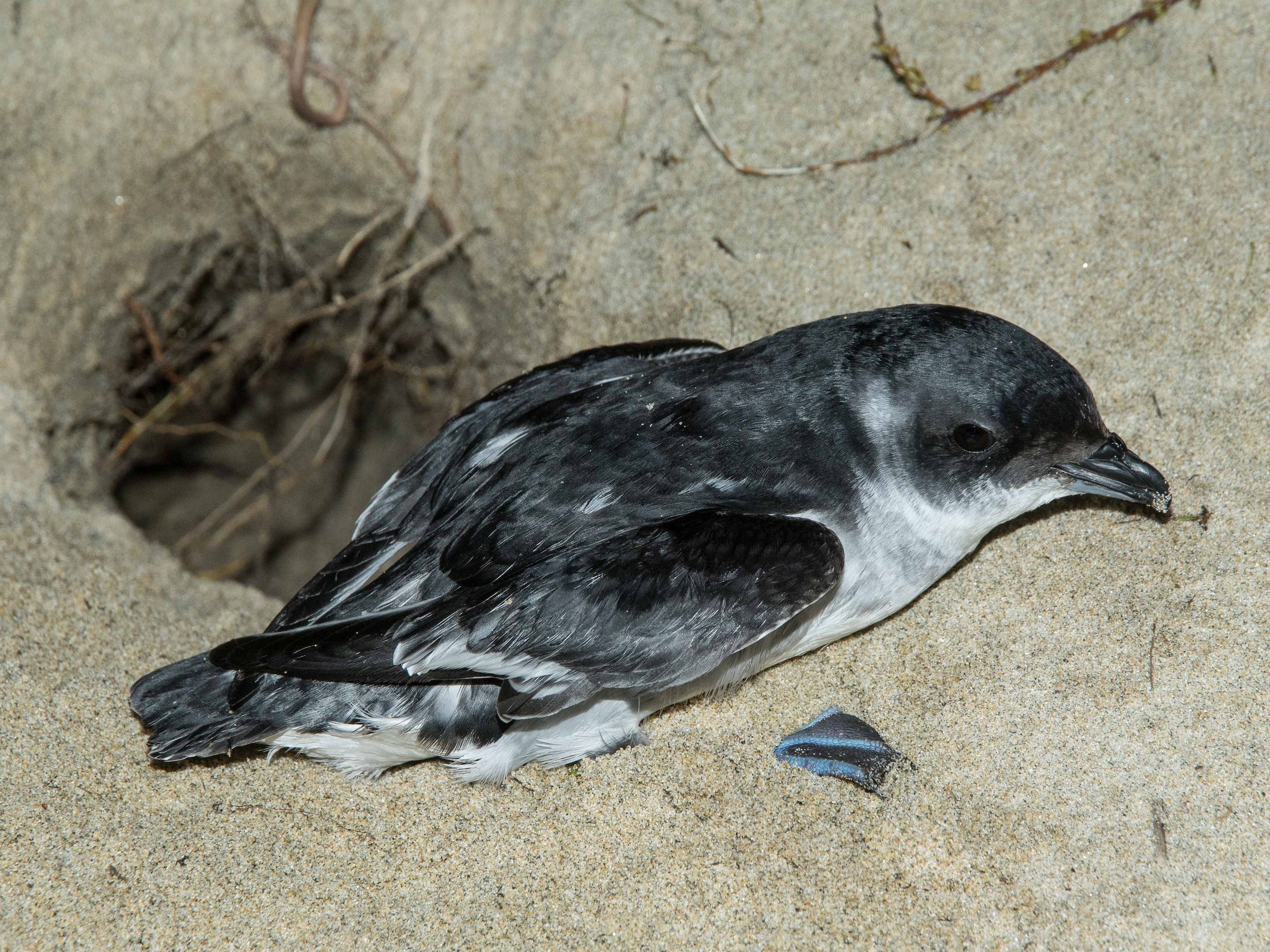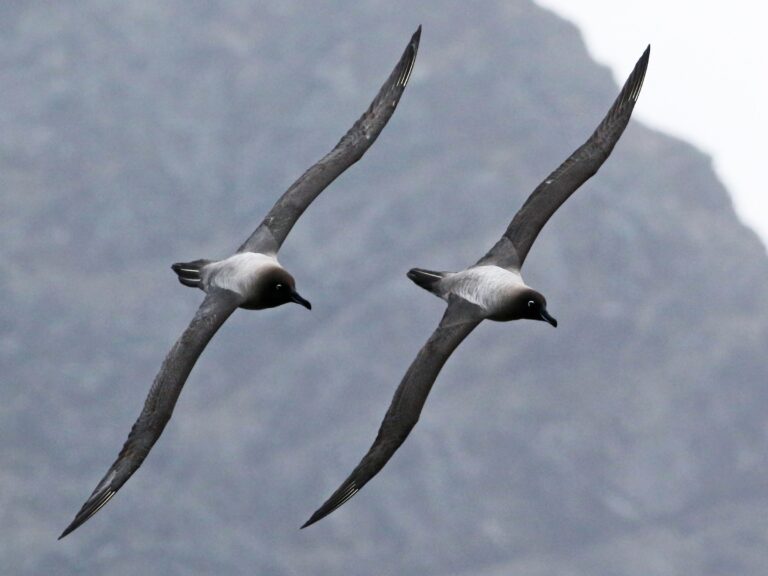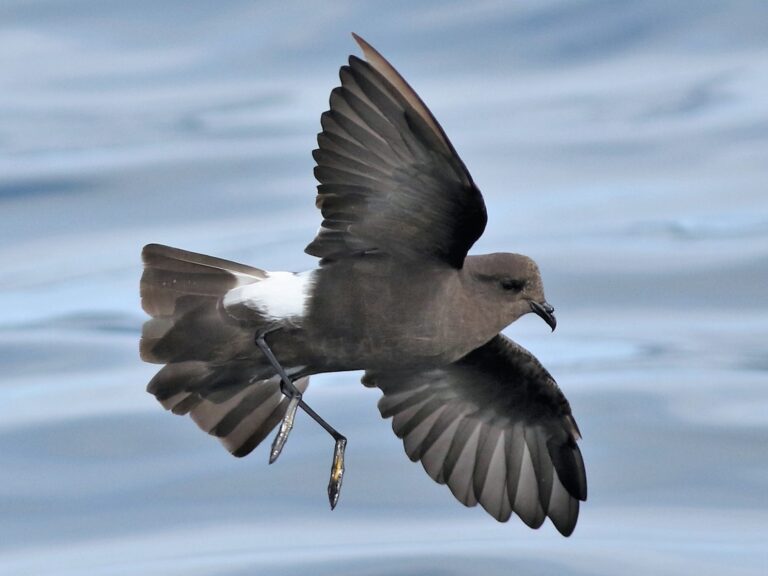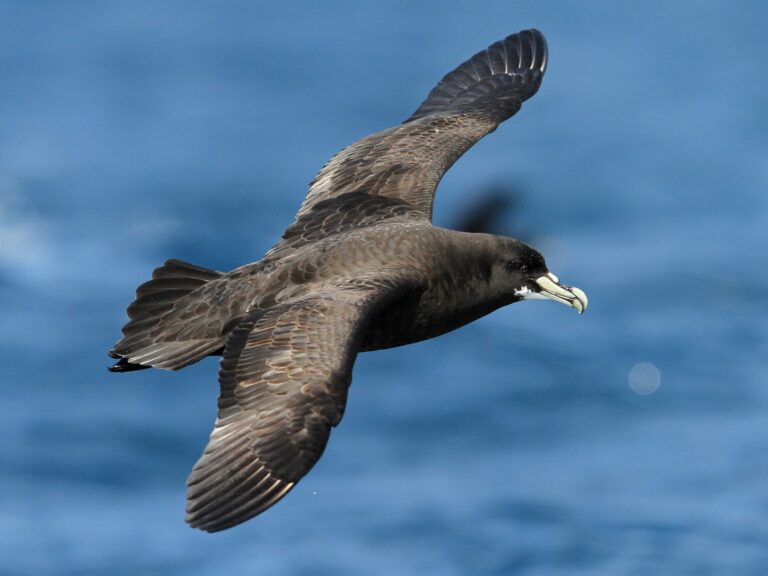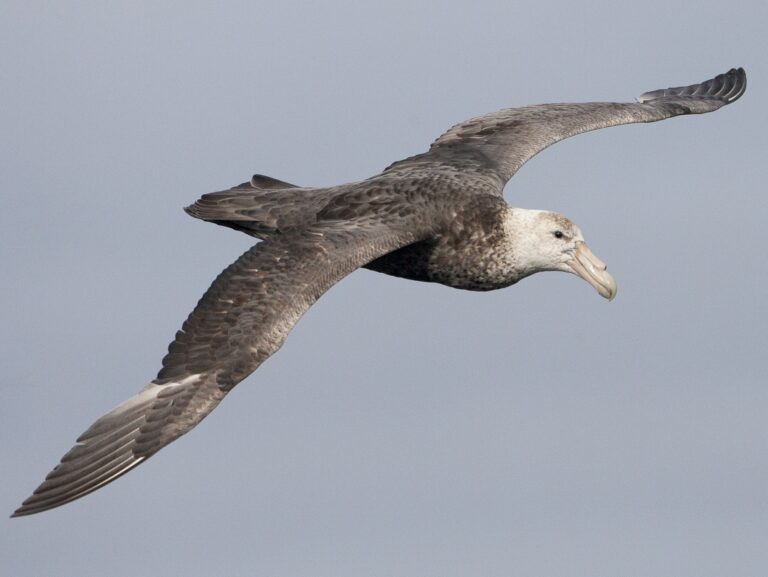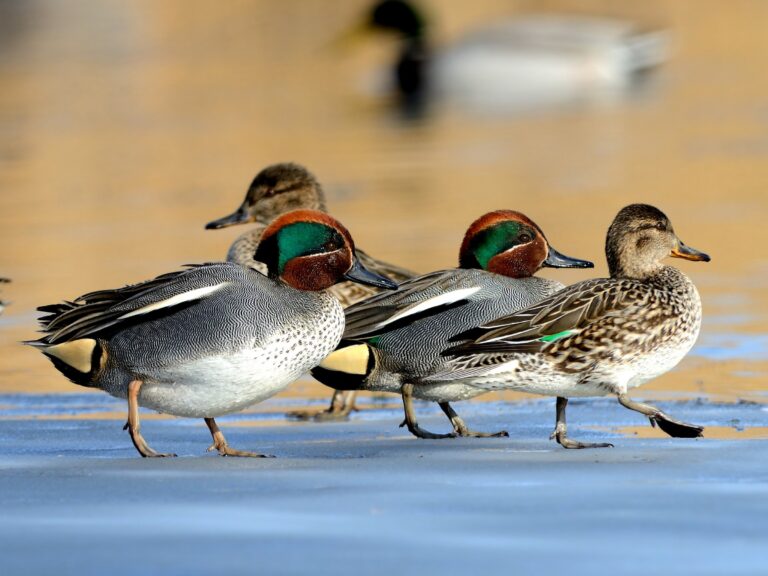South Georgia Diving-Petrel: A Fascinating Look at Its Unique Habitat and Behavior
The South Georgia diving-petrel, known scientifically as Pelecanoides georgicus, is a unique seabird that captivates birdwatchers and nature enthusiasts alike. This species is notable for its impressive diving abilities, which allow it to hunt for fish and squid under the waves of the Southern Ocean. Its dark plumage and agile movements make it a fascinating subject for studies on avian behavior and ecology.
Found primarily on the islands of South Georgia and surrounding areas, the South Georgia diving-petrel is an important part of the marine ecosystem. With a life spent mostly on the open ocean, this bird has adapted well to its environment, nesting in burrows to evade predators and maintain its population. Unfortunately, like many seabirds, it faces threats from climate change and habitat destruction, raising concerns about its conservation status.
As researchers learn more about the behavior and breeding patterns of the South Georgia diving-petrel, efforts are underway to ensure its survival. Understanding the challenges it faces is critical to protecting this remarkable species and the delicate habitats it occupies.
Key Takeaways
- The South Georgia diving-petrel is known for its remarkable diving skills.
- This seabird breeds primarily in burrows on remote islands.
- Conservation efforts are necessary to protect its habitat and ensure its future.
Taxonomy and Classification
The South Georgia Diving-Petrel, known scientifically as Pelecanoides georgicus, belongs to a unique classification in avian biology. Its taxonomy places it within the Procellariiformes order, which is characterized by seabirds that generally have strong flying abilities. Understanding its classification helps highlight its ecological significance.
Species Overview
Pelecanoides georgicus is a small seabird native to the South Georgia region. It has a compact body, typically measuring around 22 to 25 centimeters in length. The plumage is predominantly dark gray with white underparts, aiding in camouflage against the ocean waves.
This species is known for its distinctive diving behavior, enabling it to catch small fish and crustaceans underwater. Breeding occurs in colonies on rocky shores, where they nest in burrows. The population of the South Georgia Diving-Petrel is considered vulnerable due to habitat disturbance and environmental changes.
Family and Order
The South Georgia Diving-Petrel is part of the family Pelecanoididae within the order Procellariiformes. This order includes other well-known seabirds, such as albatrosses, petrels, and shearwaters.
Members of the family Pelecanoididae are uniquely adapted for diving. They possess specialized wings and streamlined bodies, which help them maneuver underwater smoothly. The Procellariiformes are known for their excellent sense of smell, aiding in locating food over long distances.
These taxonomic classifications are crucial for conservation efforts and understanding the ecological roles that different species play in their environments.
Physical Characteristics
The South Georgia Diving-Petrel displays distinctive features that set it apart from other seabirds. Its morphology and plumage are vital for its adaptation to life in the southern oceans.
Morphology
The South Georgia Diving-Petrel, scientifically known as Pelecanoides georgicus, is a small seabird. Adults typically measure about 28 to 30 centimeters in length. They have a wingspan of around 60 to 70 centimeters, which helps in their aerial maneuvers.
In terms of weight, they generally range from 350 to 400 grams. Their body is compact and streamlined, allowing them to dive efficiently while hunting for food. This morphology is essential for their primary behavior of foraging underwater, often reaching depths of up to 40 meters.
Plumage
The plumage of the South Georgia Diving-Petrel is notable for its unique coloring. Adults exhibit a dark brown to gray upper body, providing camouflage against predators while at sea. Their underparts are a lighter shade, often white or very pale gray.
The distinct coloration aids in regulating temperature and reducing visibility from below while they dive. The wings and tail are tapered, giving them agility when they are flying over water or diving for fish. The consistent coloration pattern is important for species recognition among mates during breeding seasons.
Behavior and Ecology
The South Georgia Diving-Petrel shows unique behaviors related to its feeding, breeding, and movement patterns. These aspects are essential for its survival in the harsh polar environment.
Feeding Habits
The South Georgia Diving-Petrel primarily feeds on small fish and krill. It uses its remarkable diving ability to chase prey underwater. These birds dive to considerable depths, often reaching 30 meters or more.
They can remain submerged for about a minute while hunting. Their feeding is crucial during the breeding season when they need to provide enough food for their young.
The dining behavior usually occurs during twilight, taking advantage of the lower light conditions to hunt. They are known to catch prey by pursuing them swiftly and using their agile movements.
Breeding Patterns
Breeding typically occurs from September to February. The South Georgia Diving-Petrel selects burrows for nesting, often in colonies, to ensure safety from predators. Each pair usually lays one egg per season, which they incubate for about 40 days.
Both parents share the responsibility of feeding and caring for the chick after it hatches. The chick fledges about 60 days after hatching, and the parents continue to feed it until it can fly.
These birds often return to the same nesting sites year after year, highlighting their strong site fidelity. Successful breeding is critical, as predation and environmental factors can impact their population.
Migration and Movement
The South Georgia Diving-Petrel is generally a resident bird, staying near its breeding colonies. However, it does exhibit some movements in search of food.
During the non-breeding season, they venture out to oceanic waters, reducing the risk of competition and predation. Their movements are closely tied to the availability of food, influencing their foraging range.
These birds display loyalty to their nesting grounds, returning consistently for breeding. Their vulnerability to environmental changes makes understanding these movements crucial for conservation efforts.
Habitat and Distribution
The South Georgia Diving-Petrel is closely linked to specific regions and environments that support its breeding and feeding habits. This bird is primarily found in the Southern Ocean and has a distinct geographical range based around South Georgia.
Geographical Range
The South Georgia Diving-Petrel, or Pelecanoides georgicus, is primarily located in the South Georgia area of the Southern Ocean. Its distribution includes the remote islands around South Georgia, where it prefers rocky coastlines and accessible nesting sites.
Additionally, small populations have been reported in parts of New Zealand, particularly on Codfish Island. These areas provide the right conditions for breeding and are essential for the species’ survival.
Preferred Environments
South Georgia Diving-Petrels thrive in specific habitats. They favor open scree and moss-covered environments for nesting. These locations offer protection from predators and access to food sources.
In their foraging practices, they spend time diving into the Southern Ocean, where they hunt for fish and crustaceans. Their ability to adapt to the marine environment enhances their chances of finding food, essential for their survival.
These specialized habitats are crucial for the continuation of the South Georgia Diving-Petrel, as they face threats from invasive species and climate change.
Conservation Status
The conservation status of the South Georgia Diving-Petrel is critical. This species faces significant threats, but various conservation efforts are being made to protect it.
Current Threats
The South Georgia Diving-Petrel is currently listed as Vulnerable by the IUCN. The main threats include predation by introduced species, such as rats and mice. These animals can invade nesting sites and consume eggs or chicks.
Additionally, habitat destruction due to climate change is impacting their breeding grounds. Increased competition for food from other seabirds also poses a risk.
The combination of these pressures makes survival challenging for this species. Awareness of these threats is crucial for their conservation.
Conservation Efforts
Several conservation efforts are in place to protect the South Georgia Diving-Petrel. Organizations focus on habitat restoration and predator control. These actions aim to minimize threats from invasive species.
Monitoring populations is another key effort. Researchers conduct surveys to track the number of breeding pairs and assess their health. These studies guide conservation strategies.
Legal protection is also in effect. Conservation groups advocate for rights managed areas to ensure safe habitats for the diving-petrel. Collaborations with local governments enhance these efforts, fostering a united front for biodiversity conservation.
Frequently Asked Questions
The South Georgia Diving-Petrel has unique traits and behaviors that make it an interesting species. This section explores its habitat, appearance, feeding, breeding habits, conservation status, and the challenges it faces in the wild.
What is the typical habitat of the South Georgia Diving-Petrel?
The South Georgia Diving-Petrel prefers to nest in remote and rocky areas. It commonly occupies burrows dug into fine scree on coastal cliffs.
How does the South Georgia Diving-Petrel differ from the Common Diving-Petrel in appearance?
The South Georgia Diving-Petrel is generally smaller than the Common Diving-Petrel. It has distinct pale markings on its wings and a more rounded body shape.
What are the feeding habits of the South Georgia Diving-Petrel?
This species feeds mainly on small fish and crustaceans. It forages by diving underwater to catch its prey in the frigid waters around South Georgia.
What are the breeding behaviors of the South Georgia Diving-Petrel?
The South Georgia Diving-Petrel nests in colonies during the breeding season. It lays one egg per nesting site, typically in a burrow that it digs into the soil.
How can the conservation status of the South Georgia Diving-Petrel be described?
The South Georgia Diving-Petrel is currently considered to be vulnerable. Conservation efforts aim to protect its nesting sites and monitor its population trends.
What are the main threats facing the South Georgia Diving-Petrel population?
Major threats include habitat disturbance and introduced predators. Additionally, climate change poses a risk to its food sources and breeding habitats.

